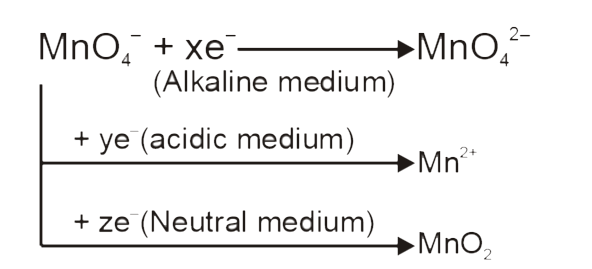
X,Y and Z are parallel plates. Y is given some positive charge. Two electrons A and B start form X and Z respectively and reach Y in times tA and tB respectively.
tA=tB
tA=√2tB
2tA=tB
tA=2tB
The correct Answer is:D
Topper's Solved these Questions
Similar Questions
Knowledge Check
- Question 1 - Select One

X, Y and Z, respectively are :A B
B Cin all cases X of (1)Din all cases Y of (1)
Cin all cases X of (1)Din all cases Y of (1) - Question 2 - Select One

x,y and z are respectivelyA1,2,3B1,5,3C1,3,5D5,3,1 - Question 3 - Select One

X,Y and Z are respectively:AHPO3,H4P2O7,P4O10BH4P2O7,HPO3,P4O10CH4P2O6,HPO3,P4O6DH4P2O6,H3PO2,P4O6
The electron affinity values(inKJmole−1) of three halogens x, y and z are respectively −349,−333and−325. Then x, y and z respectively are
View SolutionA radioactive isotope X decays simultaneously by two ways α and β decay. The decay constants of α and β decays are λ1 and λ2 and the products formed are Y and Z respectivley. Both Y and Z are stable. Initially. there was no presence of Y and Z in the sample. The process of α decay stops fater time t0. Find the ratio of mass of Y to mass of Z in the sample at time 2t0 the molar masses of Y and Z are My and Mz respectively.
View Solution
x,y and z are respectively-View SolutionVan't Hoff factors are x,y,z in the case of association, ionisation and no charge respectively. Increasing order is
View SolutionThe electron gain enthalpy values (in kJmol−1 ) of three halogens, X, Y and Z are respectively -349, -333 and -325. Then X, Y and Z are respectively
View Solution

